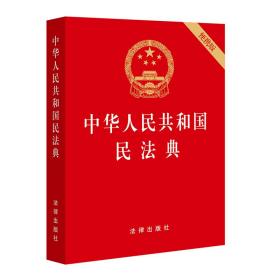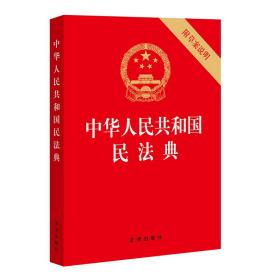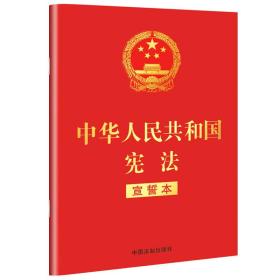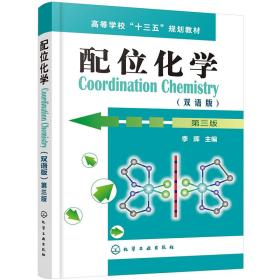
配位化学:双语版
正版保障 现货速发
¥ 31.12 6.2折 ¥ 49.8 全新
库存3件
广东广州
认证卖家担保交易快速发货售后保障
作者编者:李晖|责编:宋林青
出版社化学工业
ISBN9787122363466
出版时间2020-09
装帧平装
开本其他
定价49.8元
上书时间2024-10-24
- 店主推荐
- 最新上架
商品详情
- 品相描述:全新
- 商品描述
-
商品描述:
前言
商品简介
《配位化学》(第三版)在前两版的基础上进行了修订,编入了超分子化学的基本概念与X射线单晶与粉末衍射技术,同时增加了纳米配合物的制备与纳米表征技术。全书共分5章,第1、2章简单介绍了配位化学的发展、基本概念和基本理论,第3章为配合物结构的谱学研究方法,第4、5章为配合物的物理化学性质和配位反应平衡。
《配位化学》(第三版)可作为高等院校化学及相关专业高年级本科生和研究生的教材,也可供化学教师及科研工作者参考。
作者简介
李晖,北京理工大学,教授,北京理工大学理学院化学系教授,博士生导师,中国化学会会员,美国化学会会员,欧美同学会会员,靠前和靠前等多个重要学术杂志论文的评审人。研究领域有三个方向:(1)配位化学;(2)超分子化学;(3)晶体结构。1997年南京大学配位化学国家重点实验室获博士学位。曾在中科院感光化学研究所、英国诺丁汉大学化学系(英国皇家学会王宽诚基金研究员)、台湾地区大学化学系及台湾地区中央研究院从事博士后研究。主持了多项国家自然科学基金;一项教育部高等学校博士点专项基金;一项教育部留学回国人员基金;北京理工大学基础研究基金以及靠前合作基金等多项科研项目。发表学术论文几十篇。主讲本科生、硕士生和博士生的学位课和专业选修课。双语讲授的“配位化学”为北京理工大学精品课程。出版了《配位化学(双语版)》教材(ISBN 7-5025-7996-6,化学工业出版社)。
目录
Chapter 1 An Introduction to Coordination Chemistry
1.1 The History of Coordination Chemistry
1.1.1 The Origin of Coordination Chemistry
1.1.2 The Modern Coordination Chemistry—Werner Coordination Chemistry
1.1.3 Extending Coordination Chemistry—Supramolecular Chemistry
1.2 The Key Features of Coordination Complex
1.2.1 The Concepts of Coordination Complex
1.2.2 Classification of Ligand
1.2.3 Coordination Number and Coordination Geometry
1.2.4 Coordinative Unsaturation
1.2.5 Primary and Secondary Coordination Sphere
1.3 Nomenclature of Coordination Complex
1.4 Isomerism of Coordination Complex
1.4.1 Definition of Isomers
1.4.2 Structural (or Constitutional) Isomers
1.4.3 Stereoisomers
1.4.4 Supramolecular Isomerism
Chapter 2 The Symmetry and Bonding of Coordination Complex
2.1 Symmetry in Chemistry—Group Theory
2.1.1 Symmetry Elements
2.1.2 Symmetry Operation
2.1.3 Molecular Point Group
2.1.4 Character Tables
2.2 Valence Bond Theory
2.2.1 Hybridization of Atomic Orbitals
2.2.2 Molecular Shapes
2.3 Crystal Field Theory
2.3.1 CFT for Octahedral Geometry
2.3.2 CFT for Tetrahedral Geometry
2.3.3 CFT for Square Planar Geometry
2.3.4 Factors Influencing the Magnitude of
2.3.5 Applications of CFT
2.4 Molecular Orbital Theory
2.4.1 Molecular Orbital
2.4.2 Basic Rules of MO Theory
2.5 Intermolecular Interaction
2.5.1 Electrostatic Interactions
2.5.2 Hydrogen Bonding
2.5.3 π-π Stacking
2.5.4 Van de Waals Interactions
Chapter 3 Spectroscopy of Coordination Complex
3.1 Ultraviolet and Visible Absorption Spectroscopy (UV-Vis)
3.1.1 Electronic Transitions
3.1.2 Absorbing Species Containing π, σ and n Electrons
3.1.3 Electronic Absorption Spectrum of Coordination Complex
3.2 Infrared Spectroscopy and Raman Spectroscopy
3.2.1 Motion of Molecule
3.2.2 IR Spectroscopy of Coordination compound
3.2.3 The Raman Effect and Raman Scattering
3.2.4 Raman Selection Rules and Intensities
内容摘要
《配位化学》(第三版)在前两版的基础上进行了修订,编入了超分子化学的基本概念与X射线单晶与粉末衍射技术,同时增加了纳米配合物的制备与纳米表征技术。全书共分5章,第1、2章简单介绍了配位化学的发展、基本概
念和基本理论,第3章为配合物结构的谱学研究方法,第4、5章为配合物的物理化学性质和配位反应平衡。
《配位化学》(第三版)可作为高等院校化学及相关专业高年级本科生和研究生的教材,也可供化学教师及科研工作者参考。
相关推荐
— 没有更多了 —
























以下为对购买帮助不大的评价